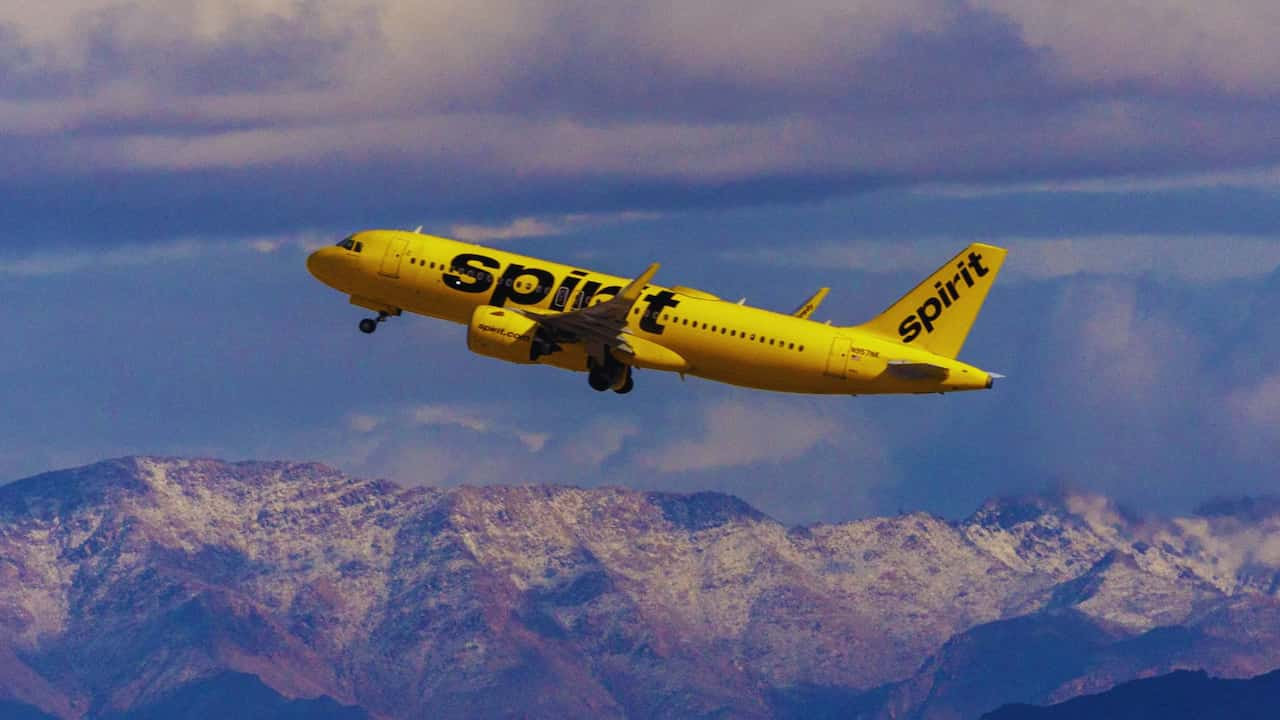Spirit Airlines Takes Flight into Chapter 11: What This Means for Travelers
In a significant move that’s reshaping the American aviation landscape, Spirit Airlines announced its Chapter 11 bankruptcy filing on November 18, 2024, marking a crucial turning point for the ultra-low-cost carrier. As a veteran airline industry reporter, I’ve watched this story unfold with particular interest.
Ted Christie, Spirit’s President and CEO, is taking an optimistic stance despite the challenges. “This set of transactions will materially strengthen our balance sheet,” he stated in the company’s open letter to customers. The airline is not surrendering—far from it. They’re restructuring with a clear plan in mind.
Here’s what’s really happening behind the headlines: Spirit has secured some serious financial backing. The airline has locked in a $350 million investment from existing bondholders and an additional $300 million in emergency financing. That’s no small change, and it shows there’s still faith in Spirit’s business model.
But how did we get here? The path to bankruptcy wasn’t a sudden nosedive. Spirit has recently weathered several storms, including
- Frontier and JetBlue were the targets of two unsuccessful merger attempts.
- Mounting quarterly losses
- Growing debt problems
- Recent worker layoffs
- Aircraft sales to raise cash
Travelers may be wondering, “What does this mean for me?” Here’s the good news: Spirit confirms that all current tickets, credits, and loyalty points will remain valid. The Free Spirit loyalty program and Saver$ Club perks aren’t going anywhere. Consider this as normal operations, albeit with some underlying financial reorganization.
The airline’s journey is particularly fascinating when you consider its history. What started as a trucking company in 1964 transformed into Charter One Airlines in 1983, finally becoming Spirit Airlines in 1992. They carved out their niche by offering budget-friendly flights for travelers willing to skip the frills.
Looking ahead, Spirit aims to complete this restructuring by early 2025. Although the cancellation of current stockholders’ shares is a difficult decision, Spirit’s primary focus is on long-term survival and improvement. They’re not just trying to stay airborne—they’re aiming to emerge stronger.
Some key takeaways for consumers:
- Flights continue operating normally.
- Bookings remain open.
- Loyalty programs stay intact.
- Customer service continues unchanged.
It’s worth noting that Spirit isn’t the first airline to go this route. Several major carriers have emerged stronger after similar restructuring processes. The company expects to use this time to enhance their service offerings and strengthen their competitive position in the budget airline market.
For the 2024 holiday season, Spirit emphasizes they’re ready to serve customers as usual. Their young fleet (known as the Fit Fleet®) continues to operate across their routes in the United States, Latin America, and the Caribbean.
As this story develops, one thing is clear: Spirit Airlines isn’t giving up its position in the ultra-low-cost carrier market. While the road ahead may have some turbulence, they’re betting that this financial restructuring will help them soar to new heights.
Keep watching this space—the next few months will be crucial in determining whether Spirit’s strategy pays off in the increasingly competitive airline industry.
